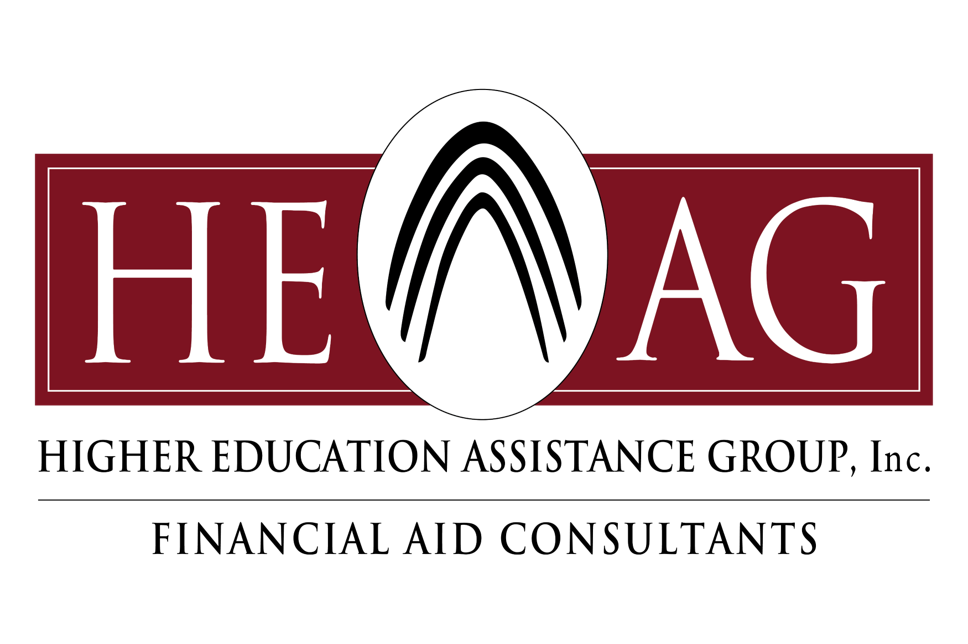Another federal direct loan servicer is leaving the fold – Earlier this year, FedLoan Servicing (PHEAA) and Granite State Management & Resources (NHHEAF) announced they would not be renewing servicing contracts with the Department of Education (ED). This week, Navient, part of the Sallie Mae family, announced that it too will be leaving the program. This means approximately 16 million borrowers will need to be transitioned to new servicers.
New reporting requirements for Higher Education Emergency Relief Funds (HEERF III) reporting – There are new institutional reporting and formatting rules in place for the period ending September 30, 2021. Read the updated FAQ for more information.
2020 unemployment benefits may impact students’ 2022-2023 financial aid eligibility – The American Rescue Plan (ARP), signed into law on March 11, 2021, made the first $10,200 of unemployment benefits non-taxable for each filer with an income less than $150,000. Filers submitting returns prior to March 11 who did not amend them will have a higher adjusted gross income (AGI) and as a result, possibly lower eligibility for need-based aid. Federal Student Aid (FSA) is encouraging financial aid administrators to use professional judgement to adjust the AGI if the student (or their parents or spouse, as applicable) are affected.
FY18 official cohort default rates distributed on September 27, 2021 – ECDR packages were delivered to each school’s SAIG mailbox. Schools not enrolled in eCDR can download a report from the NSLDS website. The appeal period began on October 5 and deadlines vary based on the nature of the appeal. Visit the eCDR Appeals system for more information on how to file an appeal. Interested in learning more about professional judgement or managing cohort default rates (among many other topics?) Make sure to follow the Higher Education Assistance Group Blog





